Want to know what kinds of photos sell? ‘Real’ ones.
In the last year alone, Getty Images has noticed a spike in interest for pictures that defy tired clichés we’re used to seeing in advertising. Searches for “women leaders,” “real people,” “strong women,” and “diverse women” have more than doubled, with increases of 202%, 192%, 187%, and 168%, respectively.
“Brands are finally being called out for their use of classic, overused tropes,” Paul Friesen, Director of Content at 500px, tells us. “Female strength and empowerment once meant seeing a woman in boxing gloves, and career-driven women were once represented as multitasking octo-woman with multiple arms. I’m glad to see that this is no longer acceptable in mainstream marketing.”
We started to see this particular change in around 2014, when Getty introduced the Lean In collection in collaboration with Sheryl Sandberg’s non-profit—a concerted effort to change the way women were seen in ads and the media. Then, two years ago, The New York Times published “From Sex Object to Gritty Woman” by Claire Cain Miller, an article tracing the evolution of women in stock photography.
In 2007, Getty’s bestselling photo for the search term “woman” featured a nude woman on a bed. By 2017, all that was over and done with. The bestselling photo had become an image of a woman exploring the rugged landscape of Banff National Park.
Still, there was more work to be done.
In 2017, women seen in advertising became active and embraced their strength, but they were still mostly white, thin, and non-disabled. Two years have passed, and seven in 10 women still don’t feel that they’re represented in the media.
Last year, Claire Cain Miller from The New York Times tackled another elephant in the room: representation of non-binary and transgender people in stock photography just wasn’t up to par. Sure, there were plenty of photos of the transgender pride symbol, but few showed faces. When they did, we rarely saw trans people going about their everyday lives; usually, they just stood in front of a blank wall. Where were the pictures of trans people working, pursuing their passions, spending time with loved ones?
Diverse representation is good, but it’s not enough by itself. It also has to be a fair and accurate representation. Images that portray minorities shouldn’t focus solely on the fact that they’re minorities; instead, we should see them in the same authentic, real-life situations we see cis white people in. Great photos are multi-dimensional, just like the people they represent.
It’s easy to laugh off outdated, sexist stock photos because we know now that they’re ridiculous—and some viral blog posts have done just that. But we should also remember that they were once consumed in earnest.
There’s no such thing as an inconsequential commercial photograph. These images carry weight, and they have serious implications for real people. For decades, people of color in stock photography were mostly portrayed as domestic servants. That didn’t change until the 1960s when the Civil Rights Movement took root.
We know that images influence the way we see and understand people outside our own communities, but research also tells us that the media has a direct effect on the way we see ourselves. One 2012 study revealed that among 400 children, white boys were the only group who didn’t experience a drop in self-esteem after watching television. There’s no place for harmful stereotypes on TV, and there’s no place for them in stock photography either.
You might be surprised to learn that even so-called “positive” stereotypes—such as ‘African Americans make better athletes’ or ‘Asian Americans are smarter’—are damaging. That’s because we’re aware enough now to root out and question negative stereotypes, but we’re more likely to accept “positive ones” at face value. And once we buy into these seemingly “innocuous” stereotypes, we end up opening ourselves up to the bad ones.
Stock photography, perhaps more than any other genre, reflects the issues that matter most to the public. To some extent, that’s what it’s all about: giving people what they want. But while Licensing Contributors will often respond to and illustrate topics we see in the news and on social media, it’s never a one-way street. Stock photography reveals what we already care about, but beyond that, it can teach us what we should care about going forward.
Photos of relatable, everyday people should be the norm, not the exception, and thankfully, more artists, agencies, and brands are helping to turn the tides. Earlier this year, for example, Getty launched Project #ShowUs, a brand new collection of 5,000 photos of 179 women and non-binary people of different shapes, sizes, colors, gender identities, and abilities from around the world. What’s more, the individuals pictured have taken on an active role by choosing the search descriptions for their own photos.
More recently, 500px announced Breaking the Mold and invited photographers to submit inclusive images of LGBTQI+ communities from around the globe. Judged by prominent members of the community, the winning photos are available for Licensing by major brands worldwide. Themes include Bloom, Live Out Loud, and Chosen Family, and the campaign directly benefits ground-breaking (and life-saving) organizations like Mermaids, The Sherbourne Health Centre, and The Trevor Project.
“500px has a responsibility as a Licensing Agency, just like other platforms in the industry do, to ensure we’re focusing our efforts on relevant, diverse photos and encouraging our photographers to do the same,” Paul tells us. “One of the most rewarding aspects of the Breaking the Mold campaign has been reviewing the submissions. These photos remind us just how talented and strong our community really is.”
Right now is arguably the best time for change to happen. In the United States alone, adults consume more than 15 and a half hours of media per day. Younger children consume about six, and teens about nine. Images are part of the fabric of our daily lives, and, at least on some level, they influence how we think and feel. In that past, that might have led to pervasive stereotypes and prejudices, but now we’re doing things differently. Finally, we have a chance to get it right.
Not on 500px yet? Sign up here to explore more impactful photography.


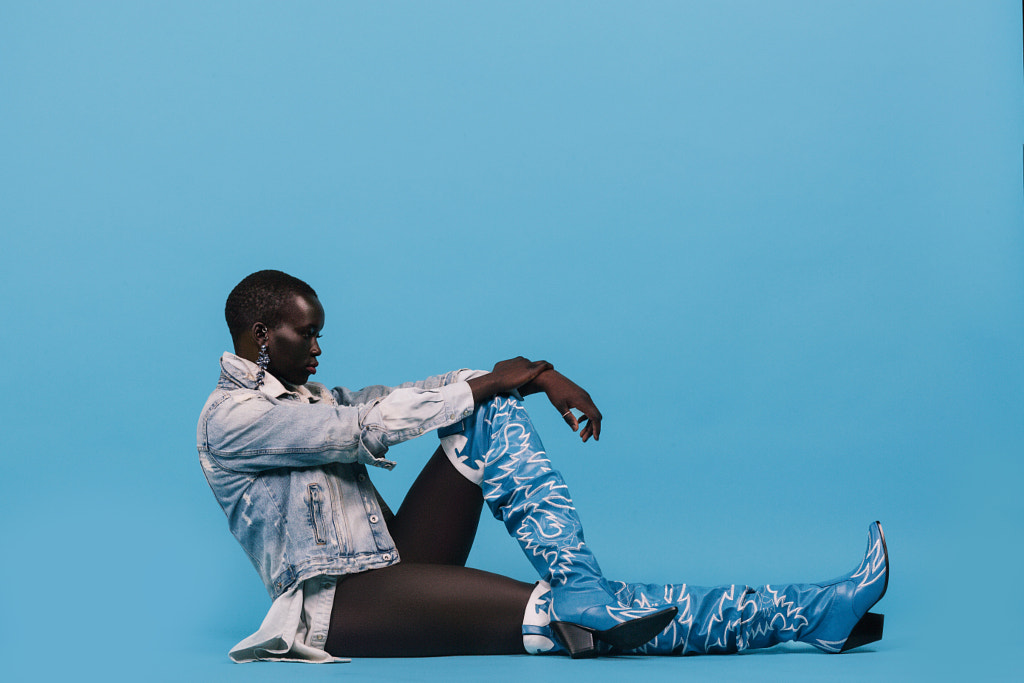
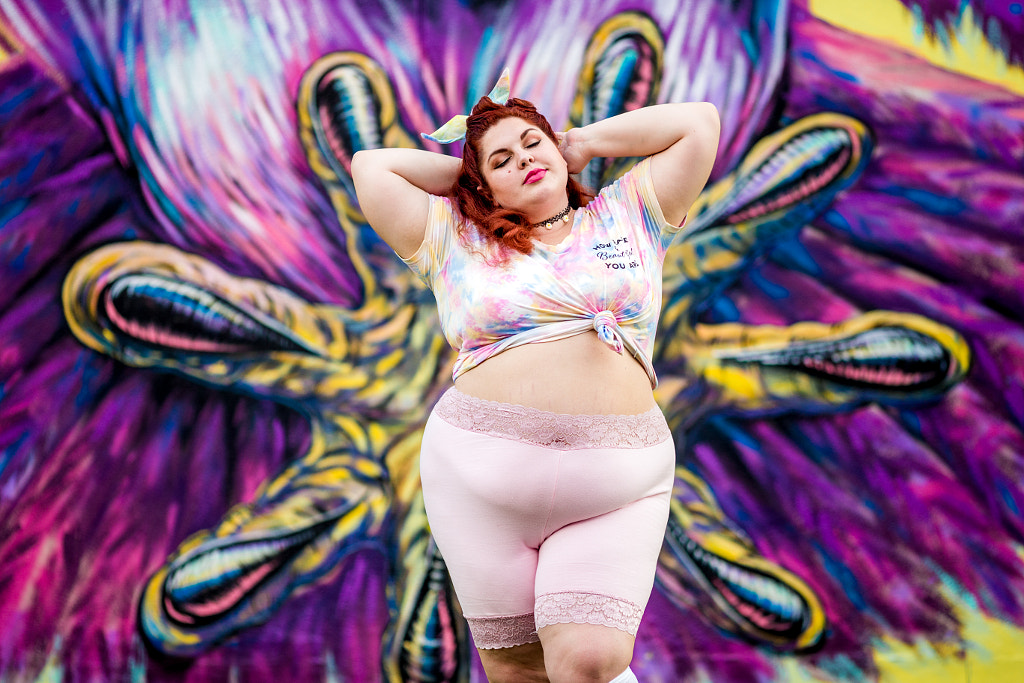
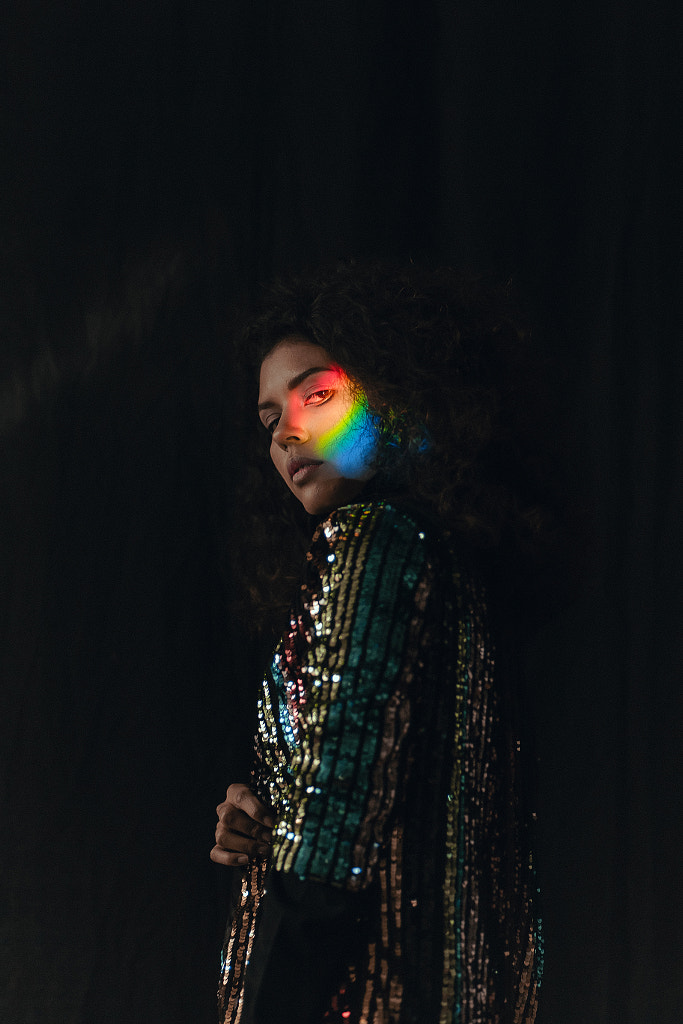

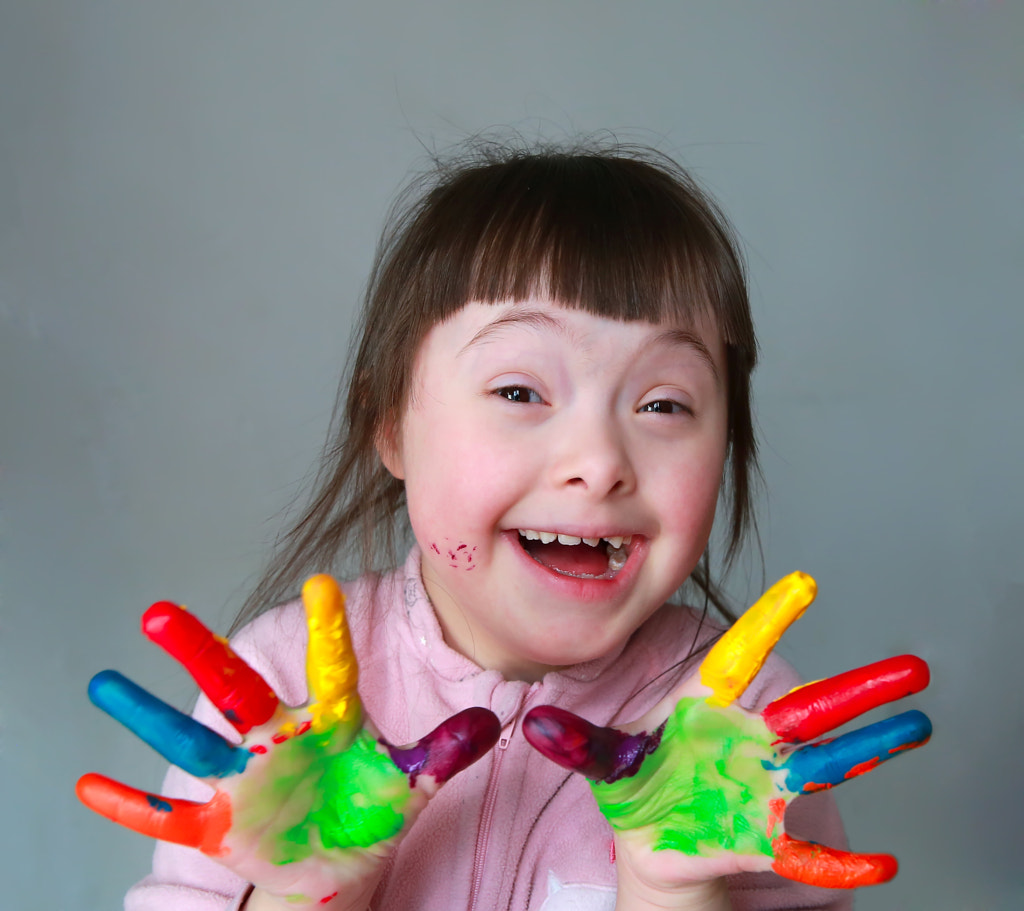

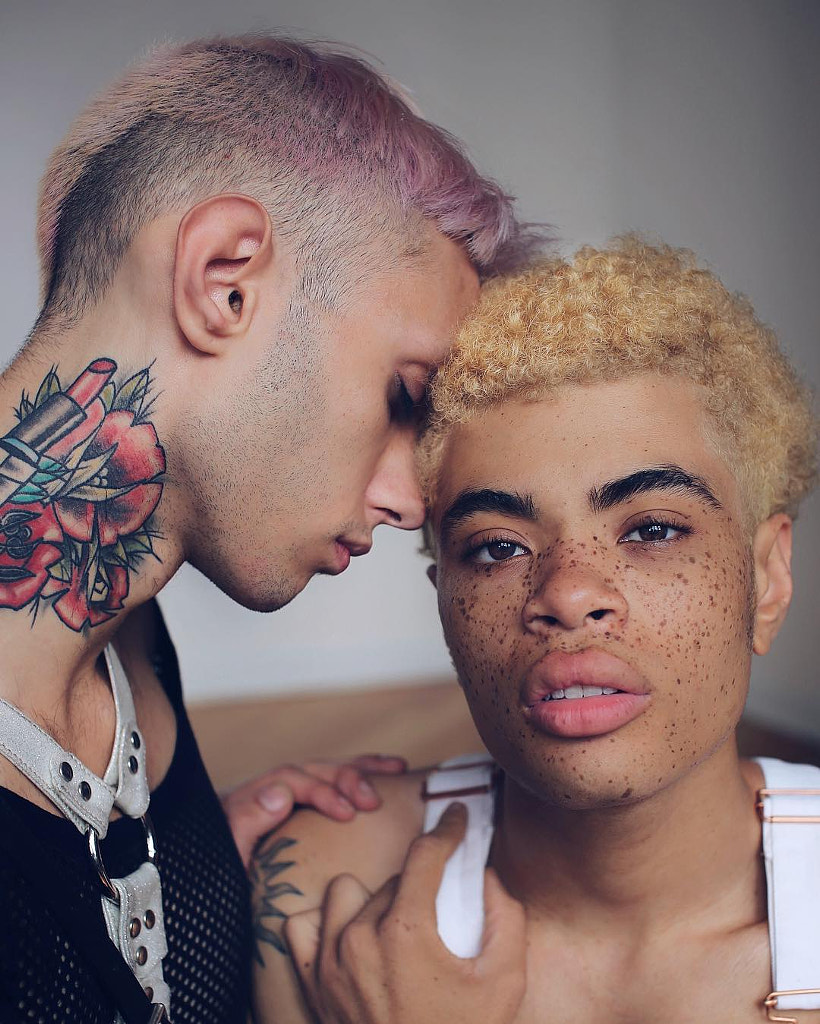
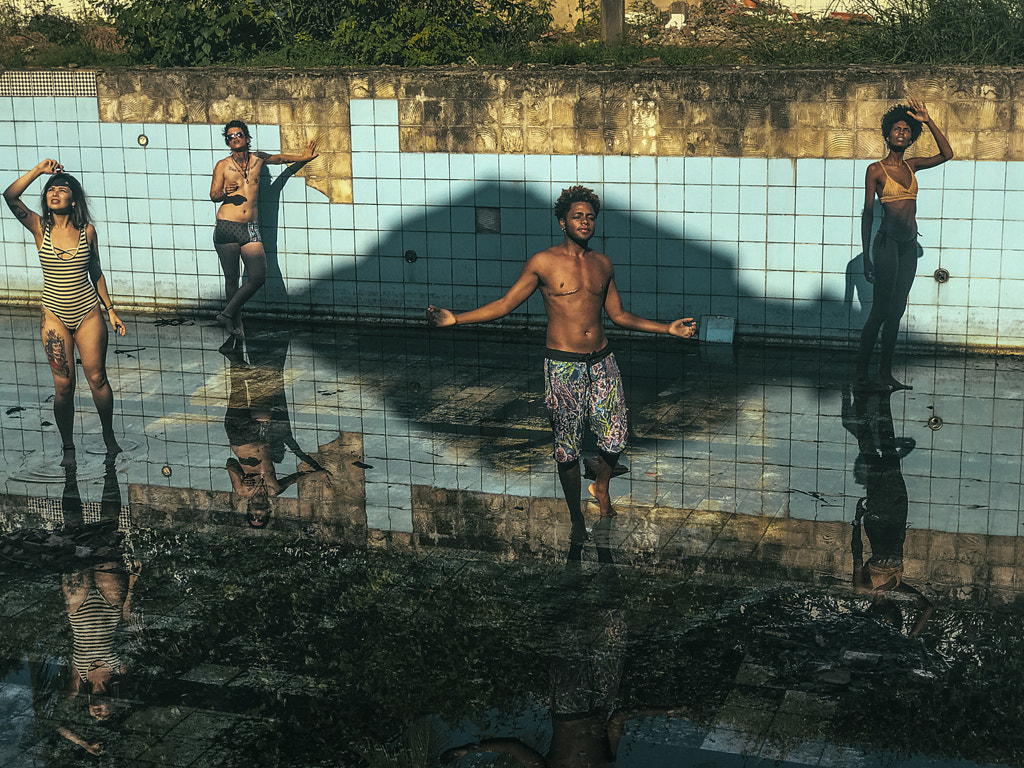

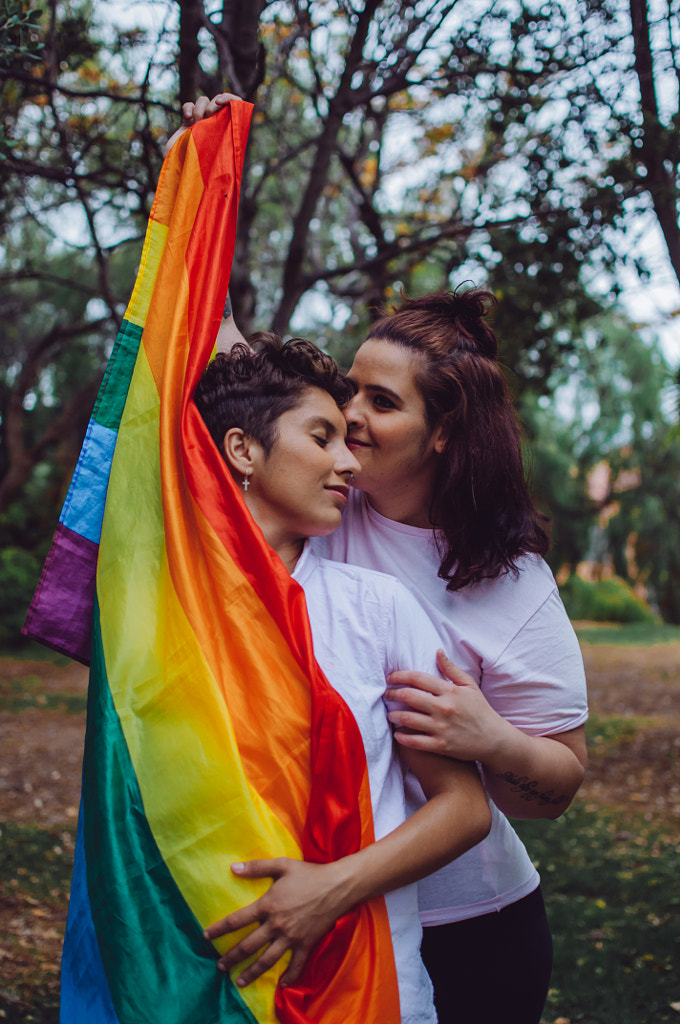

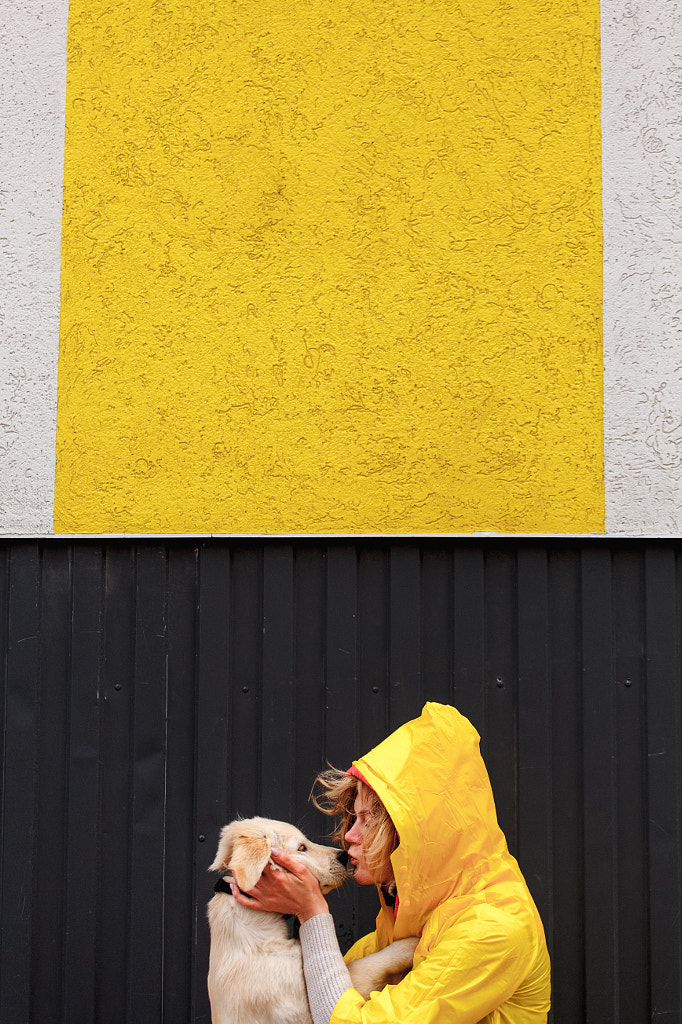

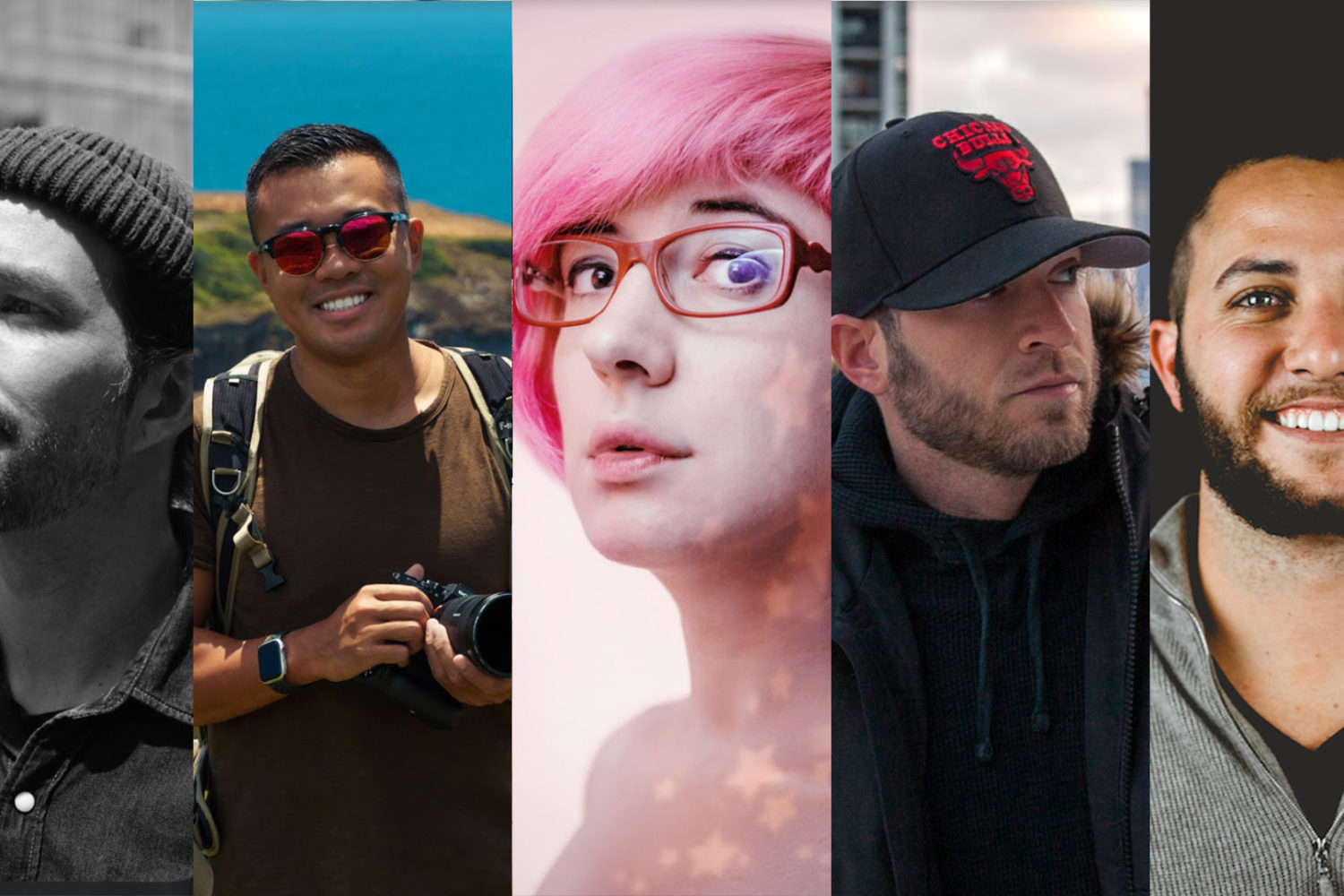
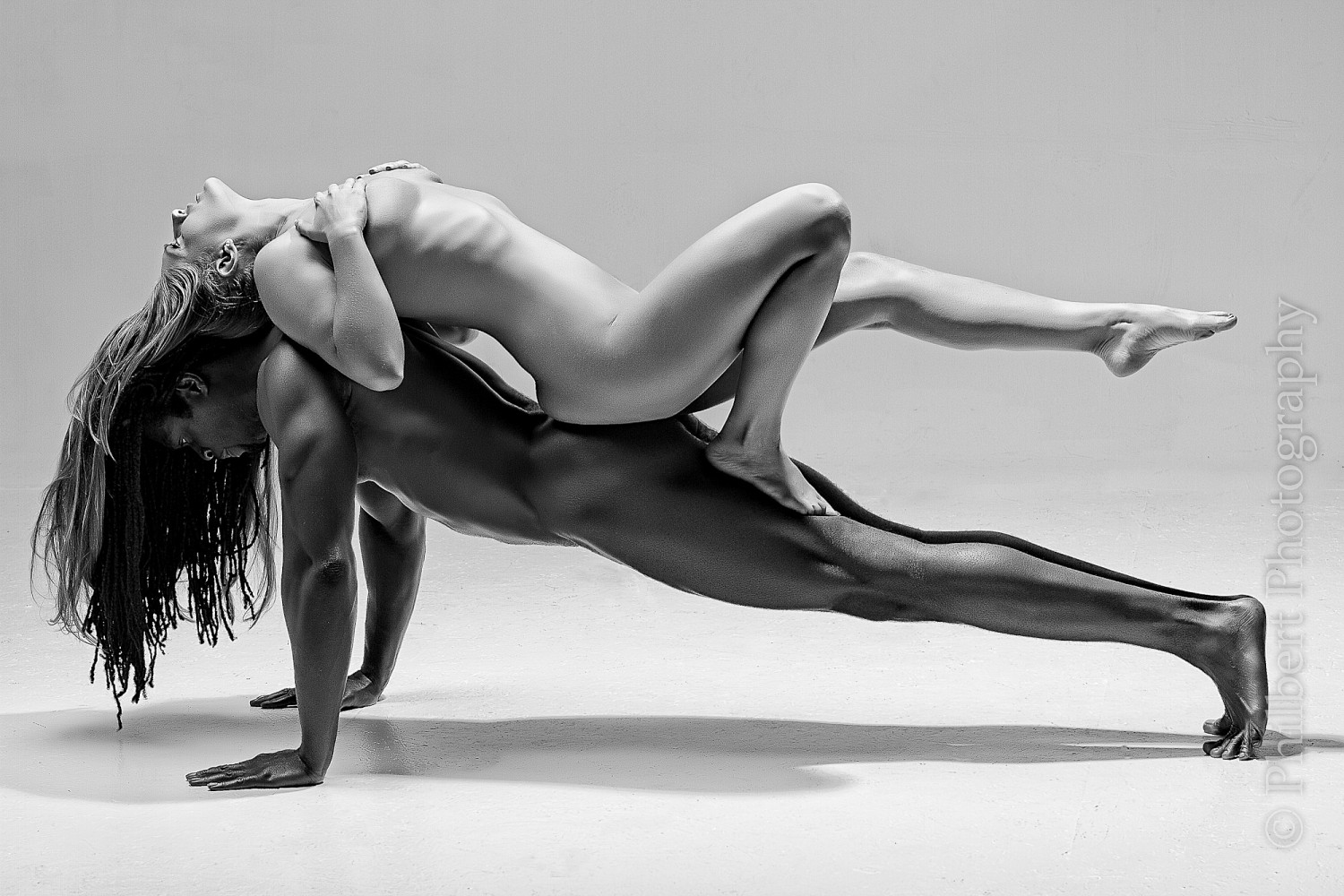

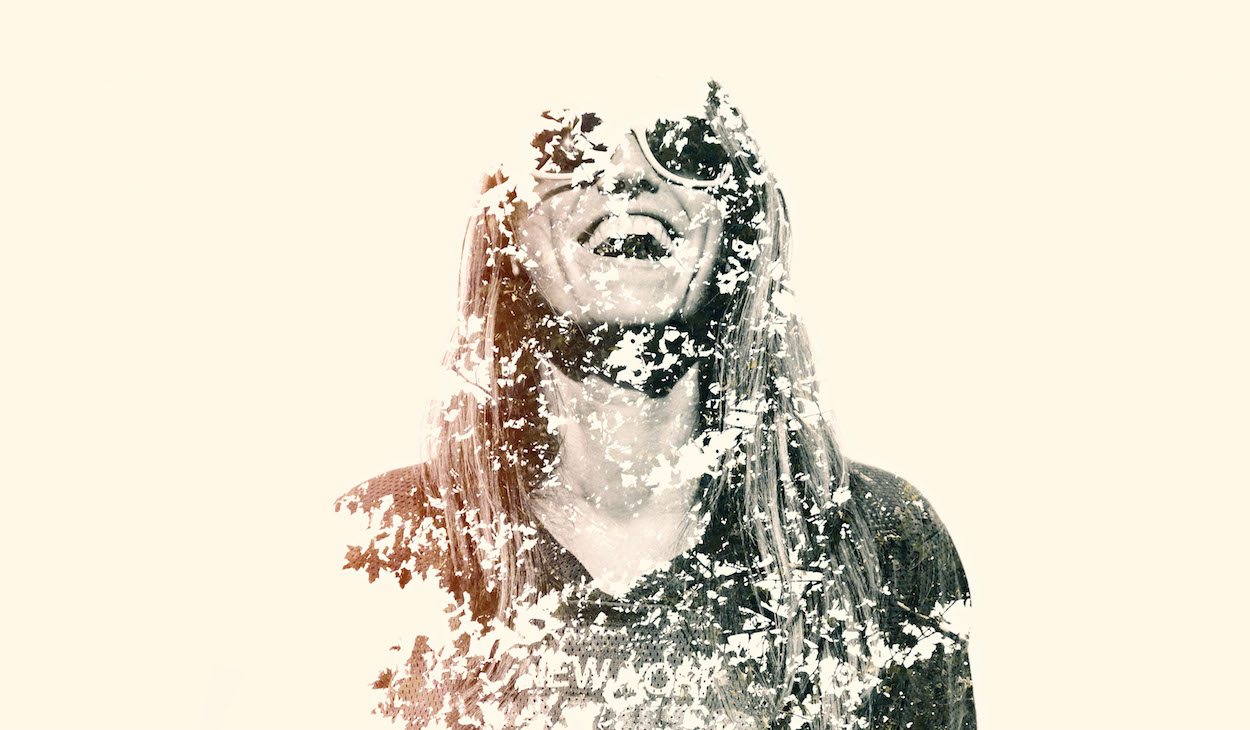
Leave a reply